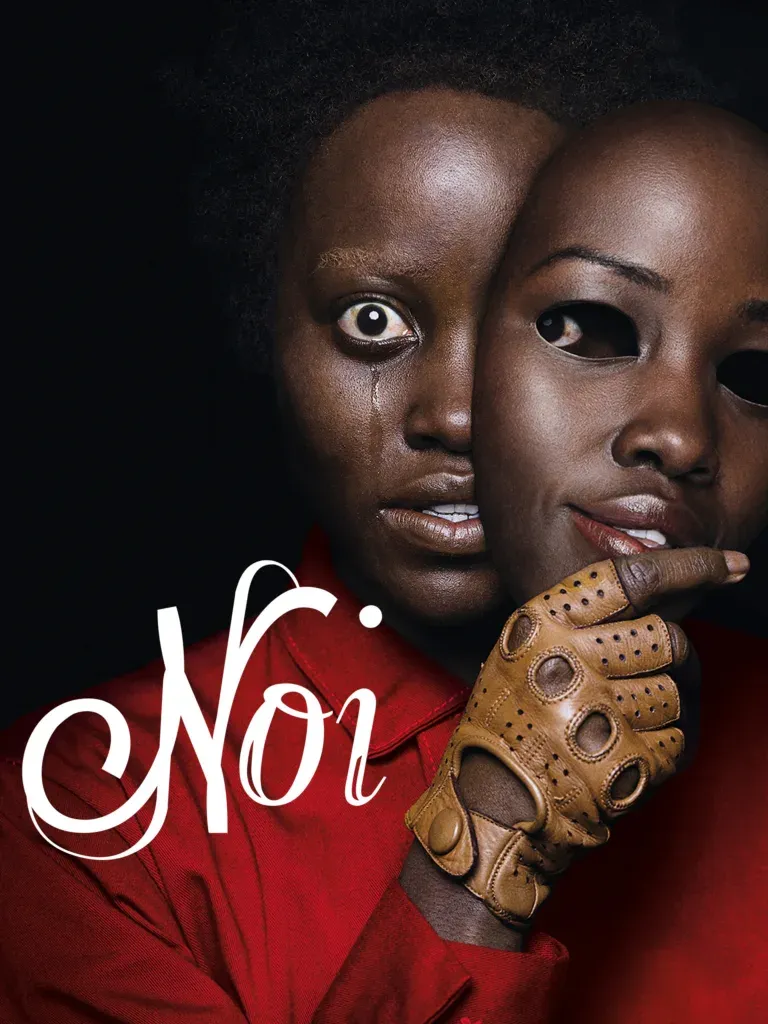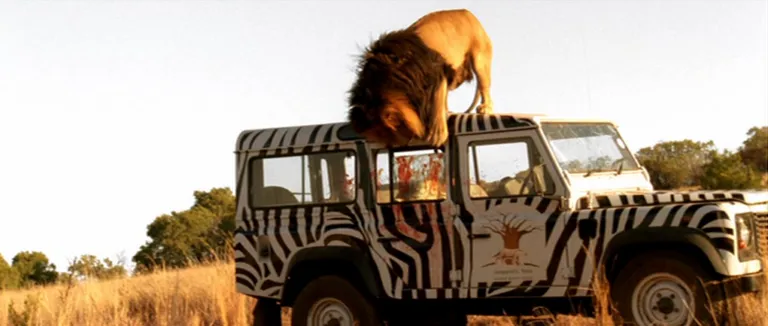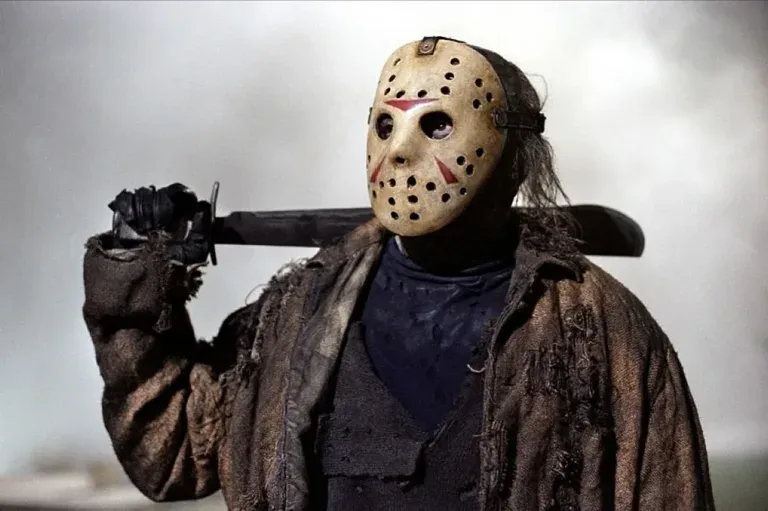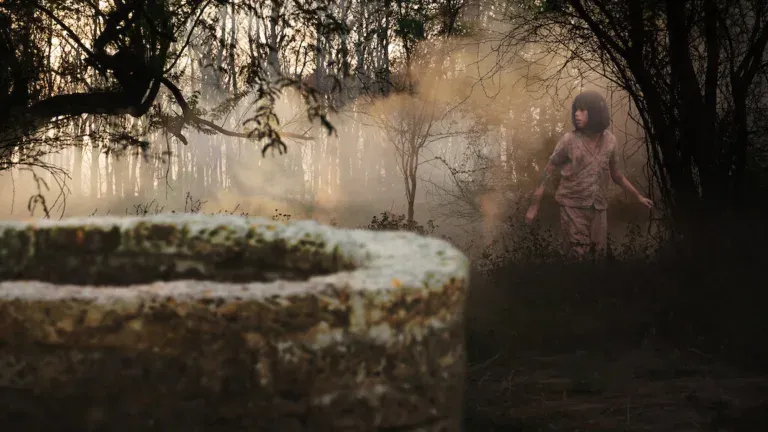Duel
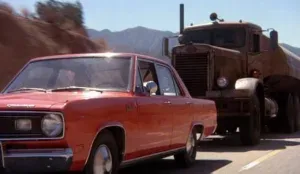 “Duel” is a 1971 film directed by Steven Spielberg, and it’s his first feature-length film. It’s based on a story by Richard Matheson and was originally conceived as a television movie.
“Duel” is a 1971 film directed by Steven Spielberg, and it’s his first feature-length film. It’s based on a story by Richard Matheson and was originally conceived as a television movie.
The film’s story revolves around a man named David Mann, played by Dennis Weaver, who finds himself involved in a dangerous cat-and-mouse game with an unknown truck driver on a deserted road in the California desert. The truck driver, who is never fully shown in the film, begins to torment Mann and attempts to kill him, using his massive truck as a weapon.
The film has entered cinema history and is remembered for its constant tension and minimalist storytelling. Most of the action takes place on the road, with the truck driver chasing Mann in a distressing and claustrophobic journey. Spielberg skillfully uses setting and cinematography to create a sense of isolation, fear, and anguish.
One of the most interesting aspects of the film is that the truck driver remains a mysterious and faceless character throughout the story. This contributes to increasing the tension and Mann’s sense of helplessness against an invisible enemy.
In conclusion, “Duel” is a captivating film that represents a turning point in Steven Spielberg’s career, showcasing his talent for creating suspense and tension on the big screen. It’s no wonder that even today the film continues to be praised for its narrative simplicity and visual strength.
 Details, Behind the Scenes, and Production
Details, Behind the Scenes, and Production
Project Origin: The film is based on a story by Richard Matheson titled “Duel,” published in 1971. Spielberg was impressed by the plot and decided to adapt it for the big screen.
Limited Budget: “Duel” was produced on a very limited budget of about $450,000. This posed challenges for Spielberg and his production team, but it also helped create a sense of urgency and realism in the film.
Outdoor Shoots: The film’s shoots mainly took place on open roads, making the production process very challenging. Spielberg and his team had to face many challenges in shooting the action scenes along the deserted roads of the California desert.
The car driven by Mann is a red Plymouth Valiant. Spielberg didn’t care much about the type of car used, as long as it was red, which would make the vehicle stand out on the highway. Three cars were used, one of which had a V8 318 c.i. (5.2 L) engine, while the others had the original Slant-6, a 6-cylinder 225 c.i.
 Customized Truck – Part One:
Customized Truck – Part One:
The truck used in the film is a 1955 Peterbilt 281, which was customized to fit Spielberg’s vision. It was painted in a bright color to make it more menacing and frightening. According to Spielberg, the elongated hood, split windshield, and round headlights gave the vehicle a kind of “face,” enhancing its menacing air. In each shot, the truck was progressively dirtied more and more by adding oil, grease, dead insects, and other stains. Among the various interventions for making it look rougher, Spielberg also had various license plates mounted on the truck, even from non-bordering states, to suggest the idea that the driver could be a fugitive serial killer.
Customized Truck – Part Two:
The Peterbilt had a Cummins NTC-350 Twin Turbo engine with 350 horsepower and a 15-speed gearbox, but in most of the film’s scenes, the sound of the engine is that of a Detroit Diesel 6-cylinder 2-stroke, preferred because of its particular angry sound. The trailer consists of a 1948 two-axle Fruehauf tanker with side fairing, known at the time for its rounded and aerodynamic shapes. In Richard Matheson’s original script, it was supposed to be full of fuel and explode in the end, but that would have made the truck’s insanely high speed unrealistic. In the film, in fact, it seems that the Peterbilt reaches 145 km/h, but it was not actually capable of traveling at such speed: it was due to fast shots and, in some scenes, to the variation in the speed of the shot.
Spielberg at the Wheel: During most of the shoots, Spielberg was at the wheel of the truck. This gave him greater control over the shots and allowed him to get the desired shooting angles.
Sound Effects: The truck’s sound effects were achieved by combining the sounds of a real truck engine with those of a jet fighter. This helped create a unique and eerie sound for the truck in the film.
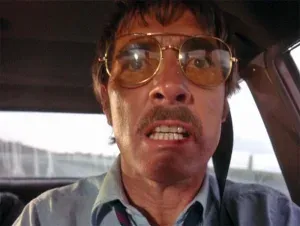 Originally, the film’s soundtrack was monophonic. For the DVD release, the audio was remixed into 6 channels (Dolby Digital 5.1). There is a huge difference between the two versions. Originally, as the tanker falls, the director replaced the sound of the truck’s horn with a sound effect taken from a B-movie about monster genre Godzilla: a distorted and metallic lament, the agony scream of a monster. In a documentary included in the DVD, Spielberg explained that he “stole” that sound from the roar of a dinosaur in an old 1930s film. In the documentary, the roar is audible. In the new audio, it has disappeared. In the same documentary, Spielberg stated that, three years later, while shooting Jaws, he decided to use that lament again as the animal dies. A way to thank Duel for bringing him success.
Originally, the film’s soundtrack was monophonic. For the DVD release, the audio was remixed into 6 channels (Dolby Digital 5.1). There is a huge difference between the two versions. Originally, as the tanker falls, the director replaced the sound of the truck’s horn with a sound effect taken from a B-movie about monster genre Godzilla: a distorted and metallic lament, the agony scream of a monster. In a documentary included in the DVD, Spielberg explained that he “stole” that sound from the roar of a dinosaur in an old 1930s film. In the documentary, the roar is audible. In the new audio, it has disappeared. In the same documentary, Spielberg stated that, three years later, while shooting Jaws, he decided to use that lament again as the animal dies. A way to thank Duel for bringing him success.
Television Success: “Duel” was originally broadcast as a television movie in 1971. Its popularity was so great that it was later released in cinemas in some countries.

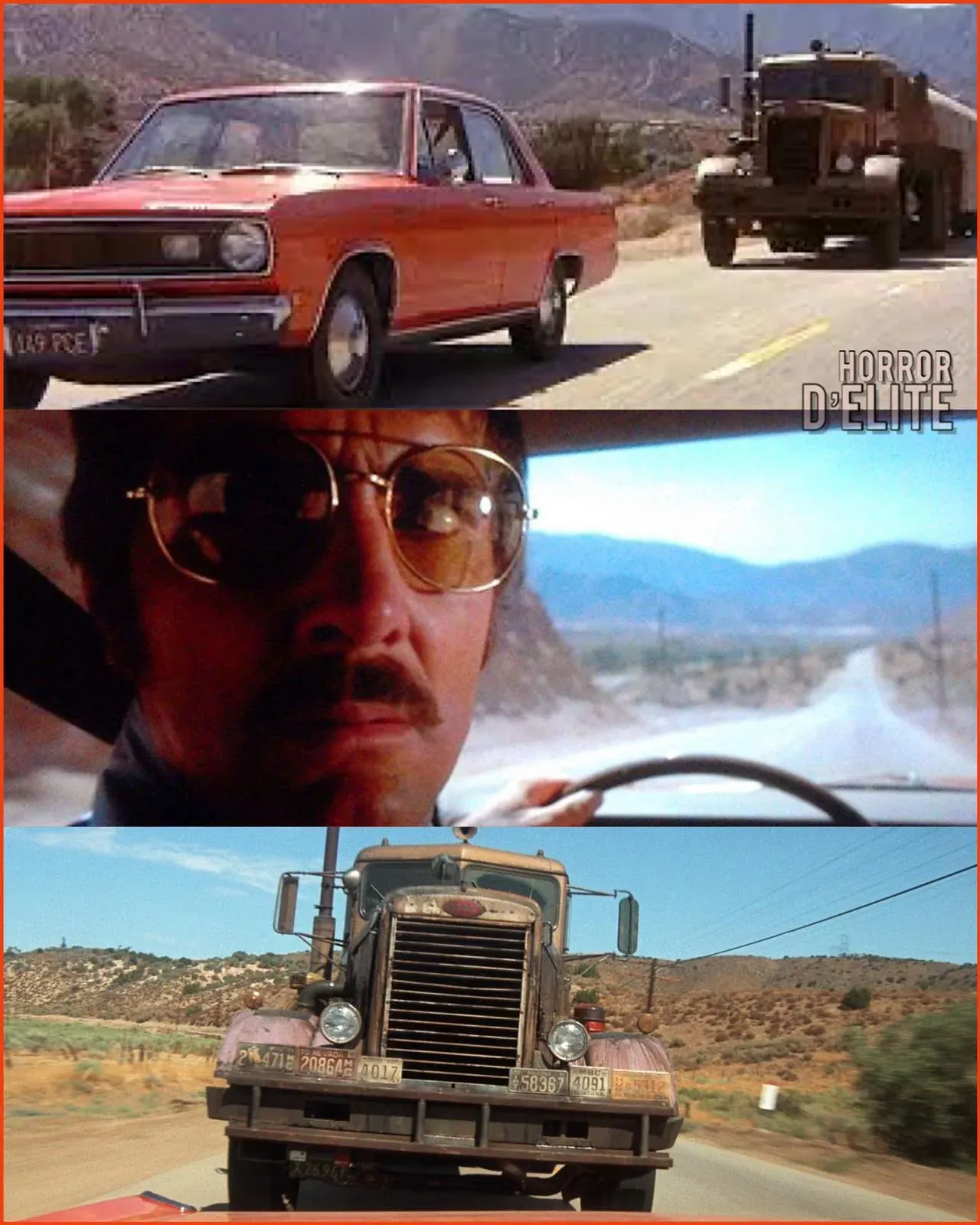
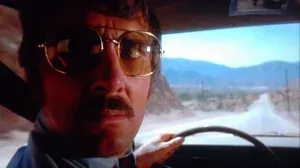 Details, Behind the Scenes, and Production
Details, Behind the Scenes, and Production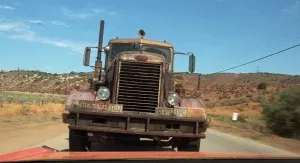 Customized Truck – Part One:
Customized Truck – Part One: